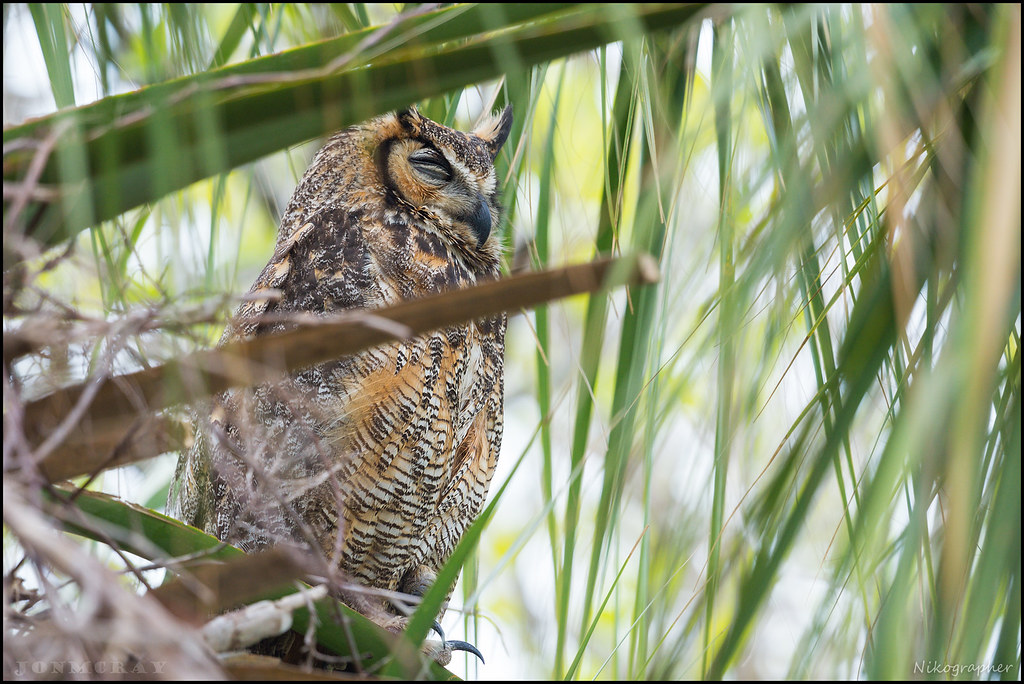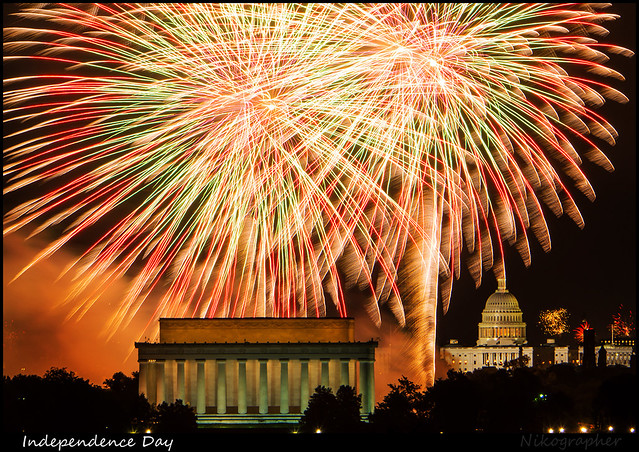We see what we want to see.
We see what we have seen before.
We see what we expect.
We see what we allow our selves to see.
We are blind to what we do not expect.
We are blind to what we do not see with our eyes closed.
Reality is a fungible thing. We don't think it is, but it is. We bring so much to the table when it comes to enabling a reality to be experienced. We bring so much that it doesn't seem right. It should be an objective thing, something that just is.
I recently heard the saying "I'd rather be the person that bought the Bridge, than the person that sold the Bridge". And I would rather have bought the bridge, than been the person that knowingly tricked and took advantage of another...
So what about photography?
As a photographer I see what I see and then make a choice to capture it. But how can I capture what I don't see?
One way to overcome this might be to play. Playing allows me to try things, to experiment, and to not have an expectation or result in mind. An easy example of this is to play with slow shutter speeds and see what happens. The pleasing results can be few and far between, but then there's that one that works. (Kind of like most of my experiences on the golf course - the rare well struck ball that makes the day fun.)
Another way to overcome the expectations of experience and past sight is to put the camera up to my eye and see what I actually see. This is different than looking without the camera, because the camera restricts vision, frames it in a little box and focusing the mind on just what is there.
And another way is to slow down, and sit, observe and stop looking for a pattern match. This can be when I start to see past everything I've brought to the day.
--
I was in Florida this year (2016), my 5th year there to drive around and see nature, photograph birds and landscapes, etc.
While there I made it to Fort De Soto and looked for the GHO nest from the year before but I didn't see it and was disappointed. So I did what I have learned to do when this happens and I found a local (park guy) and asked him some questions. I learned that the nest I was looking for failed, as did another nest in the park - but there was a nest by the fort just up the road.
I have learned to value locals and their knowledge, and to not be afraid to get some advice. When I go to a new National Wildlife Refuge for example, I will stop by the visitor's center and talk to them and try to learn from them. By contrast I also do not do a ton of prep/research when going somewhere new and try to have an open/fresh and unplanned approach. It doesn't always work for the best results (images), but it removes stress and expectations and in that regard I am good with it.
Once I knew where there were owls I headed over there and quickly found the tree with the nest and 2 chicks. It was in a grassy area just off of the parking lot and the tree itself was in a small area protect by some orange tape to instruct visitors to keep their distance.

I saw the chicks and took a few photographs. Then I saw another photographer and we started talking a bit. He said he had been there for a while and didn't see an adult around but he had looked this way and that way and was keeping his eyes opened.
By now I had just been here for maybe 5 minutes and he said he had been there for a couple hours.
What happened next is the reason for this post.
I could have taken his longer observation as fact, and shot the chicks and nest some more and then moved on. But instead I used my own history with nests and birds and I had a hunch that the female/adult was nearby and within eye sight of the nest, watching over it.
A few years ago I watched another Great Horned Owl nest a few times, and learned that the female would hide in almost plain sight, but high up and blending in to the canopy. This makes good sense to me - laying eggs and raising chicks is a huge investment in time and effort, and the adult is not likely to be off hunting or sleeping or whatever away from that investment if they have a choice.
With my own perspective, and not the other guy's perspective, I found the female perched in a tree, a tree INSIDE the taped off area, within just a few minutes. From the perspective below, you can actually see the bird in this wide angle shot pretty clearly outlined.
She was there, clearly resting and watching the nest, from a very close vantage point. She was hidden, but not that hidden. One thing I remember the other guy saying after I spotted her was he didn't think she'd perch in a palm tree so he didn't really look there much.

Reality is more than just what you see. Look harder.












